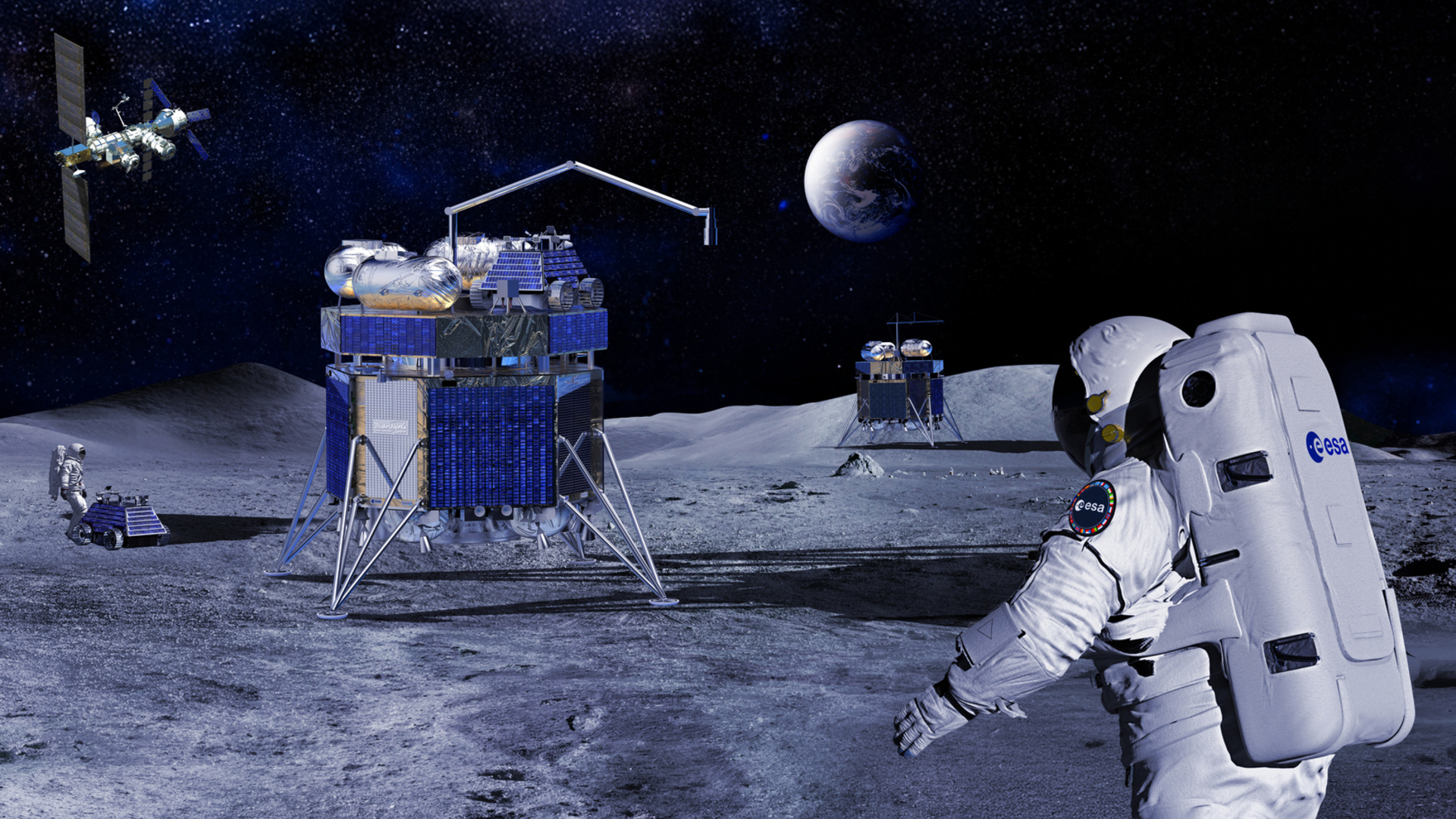Commentary: NASA’s 2007 Budget Proposal: No Real Vision
Let's putthe bottom line right at the top. The Bush administration is unwilling toprovide the funds necessary to fulfill its Vision for Space Exploration.
The reasons--whether Iraq, Katrina, or the president didn't really mean it--don't matter.The White House wants U.S. obligations to the international space stationpartners to be honored, the space shuttle flown as many times as necessary tocomplete the station's construction, and a replacement for the shuttle (theCrew Exploration Vehicle, or CEV) flying by 2014. All very laudable goals inprinciple, but not so if the funds are not provided.
Theadministration has handed these goals to NASA without the funds necessary toaccomplish them. NASA's human spaceflight program was left $3 billion to $5billion short for flying the desired number of shuttle flights and completingspace station construction. This dilemma has forced the NASA administrator tocannibalize the rest of the agency for the money. Last year he tappedaeronautics and technology. This year all that is left to pay the bill isscience.
Theadministration's 2007 budget proposal removes $3.07 billion from the previouslyplanned five-year run out of the Earth and space science budget. Of this, $2.99billion is to come from solar system exploration alone -- only one of theseveral science disciplines in NASA and ironically one of the most relevant tohuman exploration.
This cannotbe done without causing serious harm both to robotic exploration and to a spacescience community that should, and needs to be, a partner with humanexploration. As a NASA official once said: "Exploration without science is justtourism."
In thepress conference explaining the budget, officials cited the growth of spacescience in NASA from about 21 percent of the budget in 1992, to 32 percenttoday. But, during that same time period, space science has been carrying theagency exploration flag, and the agency has been rightly proud of theproductivity of the Earth and space sciences. Missions such as Hubble, MarsExploration Rovers and Cassini/Huygens are indeed, as NASA Administrator MikeGriffin himself said, the "crown jewels" of NASA.
Griffinvowed never to transfer "one thin dime" from scientific exploration into humanspaceflight. He has been forced to renege on that promise. Now, in theadministration's fiscal year 2007 budget request, we have a sudden, wrenchingdecision to flat-line science, and no soft landing has been provided.
Breaking space news, the latest updates on rocket launches, skywatching events and more!
There areto be many delays in science flight programs and many "deferrals beyond thebudget horizon" (read cancellation) in others. It's a long list and you willhear about them all soon enough. There is even to be more "rebalancing" of theMars program, most of whose growth was removed last year. Missions, technologydevelopment and research aimed at Mars exploration have been reduced andeliminated, proving that the agency has all but abandoned the vision's Marsgoal for human spaceflight.
NASA needsreminding that the vision is not just about human spaceflight. The very firstgoal stated in the vision is to "implement a sustained and affordable human androbotic program to explore the solar system and beyond." The vision furtheradvocates that we "conduct robotic exploration across the solar system forscientific purposes and to support human exploration."
But as badthe mission delays and deletions are, this budget proposal makes a full frontalattack on basic science. It proposes to cut NASA's Earth and space scienceresearch grant programs by 15 percent across the board. Astrobiology, NASA'snewest and most innovative research program, istargeted for a 50-percent cut. And all cuts are immediate--today, in the 2006budget year. Grants are to be reduced immediately, dimming the prospects ofmany young, motivated students. What kind of message is that to the best andbrightest of America's hopes for a rich technological future? Ironically, thiscomes days after the president called for increased spending on the physicalsciences.
Theseresearch programs make NASA's flight missions possible and turn raw data intodiscoveries. Without them, the missions are just engineering exercises. Theexcuse for this unprecedented cut is that since the flight programs are beingdelayed and deferred, we don't need the research. Would it have made sense in1905 to tell Einstein to stop his research and go flip burgers just because wedon't need relativity right now?
A missionloss affects a few institutions, a few scientists and a few congressionaldistricts. But an across-the-board reduction in research grants hurts everyEarth and space scientist in the country. These stakeholders reside mostly inuniversities in a large percentage of congressional districts in the nation.Mission losses aside, this is an assured way to alienate the science communityjust when its support is so urgently needed.
NASAappears desperate to preserve the illusion of the vision. The administrator'sbudget message said about the vision, "we will go as we can afford to pay." Butthe administration won't pay, and NASA is going forward anyway even when theycan't afford to pay for it--by gutting science and robotic exploration. Whowill be led to the budget guillotine next year when development costs rise inhuman spaceflight or if the shuttle suffers more problems?
Wesley T. Huntress,Jr. is president of The Planetary Society and director of the GeophysicalLaboratory at Carnegie Institution of Washington; he is the former NASAassociate administrator for Space Science. Louis Friedman is executive directorof The Planetary Society. He was former congressional science fellow of theSenate Committee on Commerce, Science and Transportation. If you agree with this article, join the Planetary Society's NASA 2007 Budget Letter Writing Campaign.
